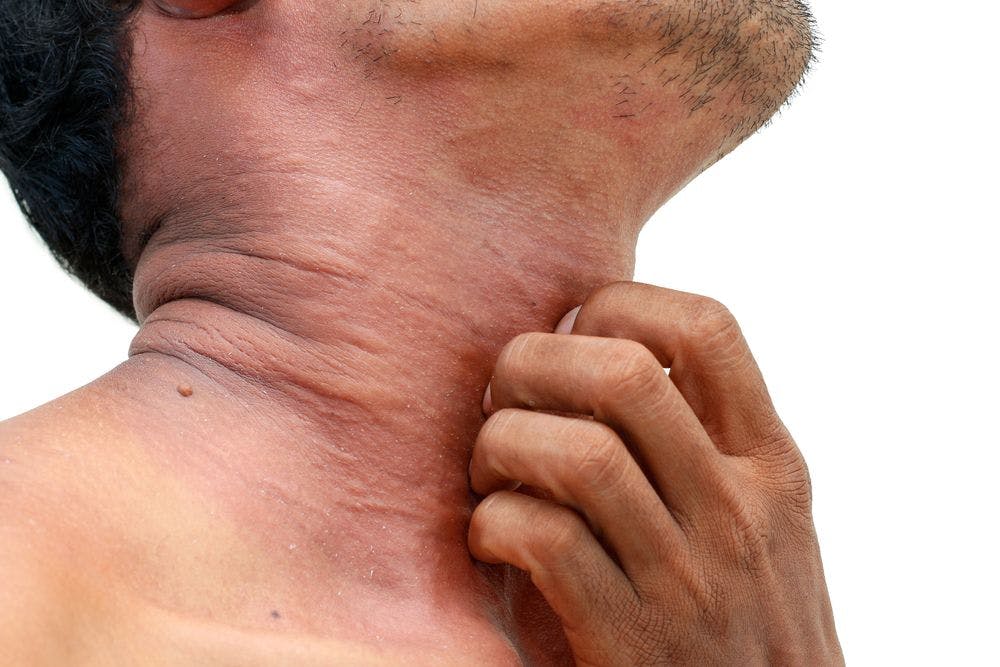- Acne
- Actinic Keratosis
- Aesthetics
- Alopecia
- Atopic Dermatitis
- Buy-and-Bill
- COVID-19
- Case-Based Roundtable
- Chronic Hand Eczema
- Drug Watch
- Eczema
- General Dermatology
- Hidradenitis Suppurativa
- Melasma
- NP and PA
- Pediatric Dermatology
- Pigmentary Disorders
- Practice Management
- Precision Medicine and Biologics
- Prurigo Nodularis
- Psoriasis
- Psoriatic Arthritis
- Rare Disease
- Rosacea
- Skin Cancer
- Vitiligo
- Wound Care
Publication
Article
Dermatology Times
Cosmetic Moisturizers and Pharmaceutical Vehicles
Author(s):
In this month's Cosmetic Conundrums column, Dermatology Times Chief Medical Editor Zoe Diana Draelos, MD, details the difference between cosmetic moisturizers and pharmaceutical vehicles.
Q: Why are cosmetic moisturizers and topical drug vehicles so different? Is it the ingredients?
That is an excellent question. Dermatologists might think a pharmaceutical company could take a moisturizer and simply add any ingredient to make a new topical drug, [thereby improving texture].Regrettably, this is not possible. The number of FDA-approved ingredients used in drug vehicles is much smaller than the unlimited ingredient list available to cosmetic formulators. The FDA requires new vehicle ingredients to undergo full nonclinical testing, including reproduction and fertility testing and 2-year carcinogenicity studies in 2 animal species. Also, the additional cost of completing this testing can be $25 million. Most pharmaceutical companies do not use ingredients that are not on the FDA Inactive Ingredients Database in their products. Thus, innovation in the topical treatment of skin occurs almost exclusively within the field of cosmetics rather than medical dermatology.
Q: How does the limitation of ingredients in pharmaceutical vehicles affect dermatologic drugs?
One key area where FDA limitations on drug vehicle ingredient selection presents challenges is in the realm of emulsifiers. Emulsifiers are very important in topical drugs to prevent hydrophobic (water-hating) emollients suspended in moisturizing creams and lotions from separating a few days after manufacture. However, emulsifiers are basically detergents, such as sodium alkyl sulfates, and can efficiently extract important epidermal intercellular lipids, compromising the skin barrier.
In 1957, topical pharmaceutical creams were emulsified with beeswax, polyoxyl esters, or sodium alkyl sulfates. Forty years later, 81 FDA-approved prescription topical creams were formulated with one of these 3 classes of emulsifiers. A recent search of the FDA Inactive Ingredient Database confirmed that the emulsifiers used in over-the-counter dermatologist-recommended cleansers and moisturizers (Cetaphil, Galderma Laboratories and CeraVe, L’Oréal) are not used as emulsifiers in FDA-approved prescription creams. Thus, modern ultra-gentle moisturizing cream vehicles are not used in pharmaceuticals presently.
Q: How do penetration enhancers used in most topical pharmaceuticals affect the skin?
Many topical drugs contain alcohol, propylene glycol, dimethyl sulfoxide, sodium lauryl sulfate, or other skin penetration enhancers to overcome barrier properties of the skin and deliver higher therapeutic concentrations of drugs. This damage to the skin barrier is counterproductive, especially in conditions such as atopic dermatitis, where cumulative barrier damage from continued exposure to penetration enhancers may inhibit disease resolution.
Many topical medications are emollient formulations containing hydrophilic occlusive agents such as petrolatum, waxes, oils, or silicones that coat the skin surface and trap water in the stratum corneum. The most aesthetically pleasing emollient formulations are creams and lotions, which also contain significant amounts of water. These formulations require emulsifiers, such as sodium cetostearyl sulfate, the emulsifier used in pimecrolimus cream that also functions as a detergent mixing and disorganizing the stratum corneum lipids. The defective skin barrier of patients with atopic dermatitis makes them more vulnerable to the detergency effects of emulsifiers introduced into the stratum corneum. The defective skin barrier is the challenge formulators face when designing penetration-enhanced topical pharmaceuticals.
Q: What is the best way to conquer irritation from topical pharmaceutical emulsifiers?
Until more modern dermatologic topical formulations are available, irritation from topical pharmaceutical emulsifiers can be overcome somewhat by using a modern cosmetic moisturizer, such as Cetaphil and CeraVe cream. The topical drug should be rubbed in thoroughly until it creates a thin film and is dried down on the skin surface.This process usually takes 10 to 15 minutes, depending on the drug formulation. The moisturizing cream can then be applied on top to mitigate damage induced by emulsifiers. In the future, hopefully, newer, more cosmetically elegant topical formulation may achieve this in one step.

Newsletter
Like what you’re reading? Subscribe to Dermatology Times for weekly updates on therapies, innovations, and real-world practice tips.






























